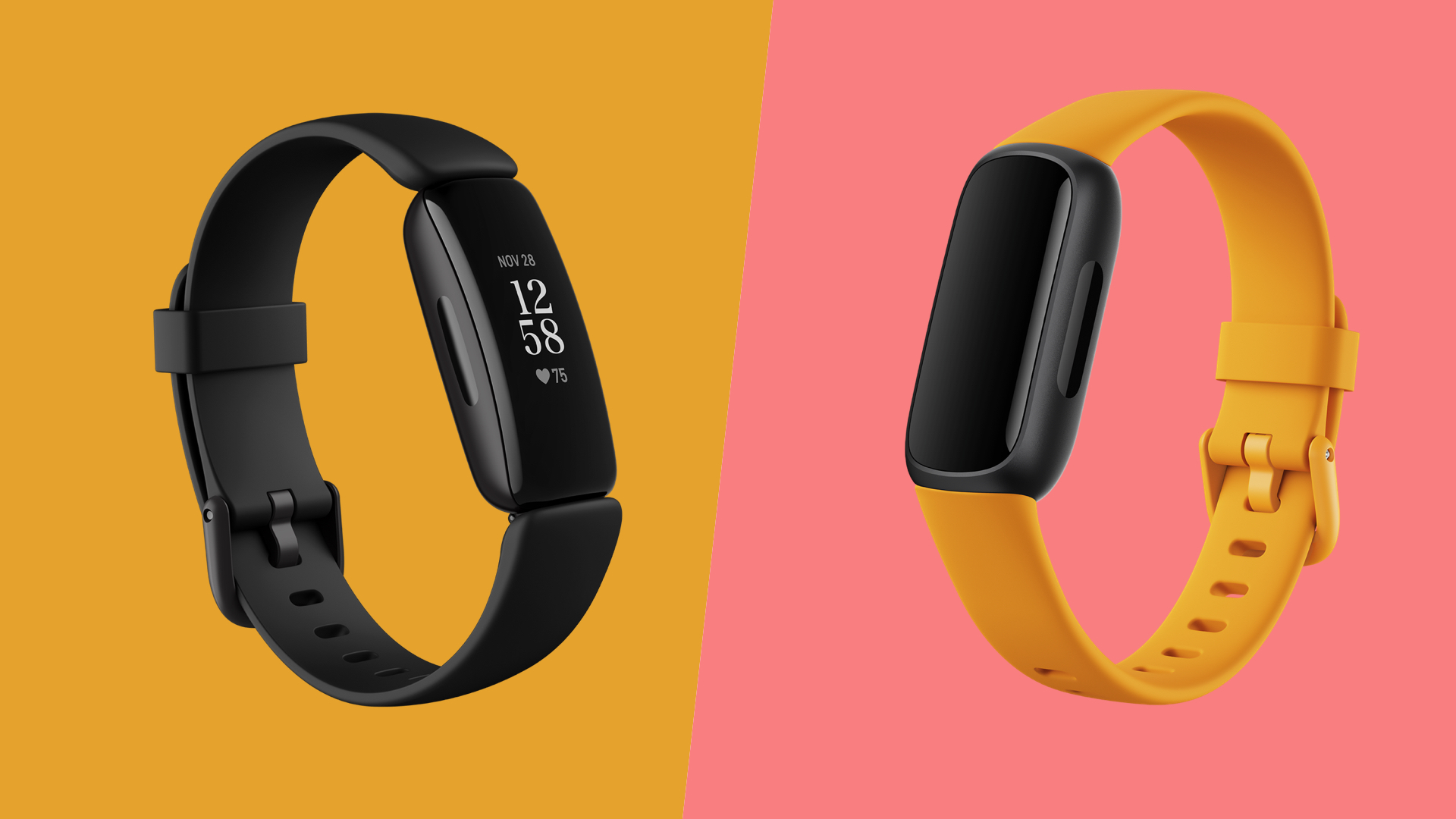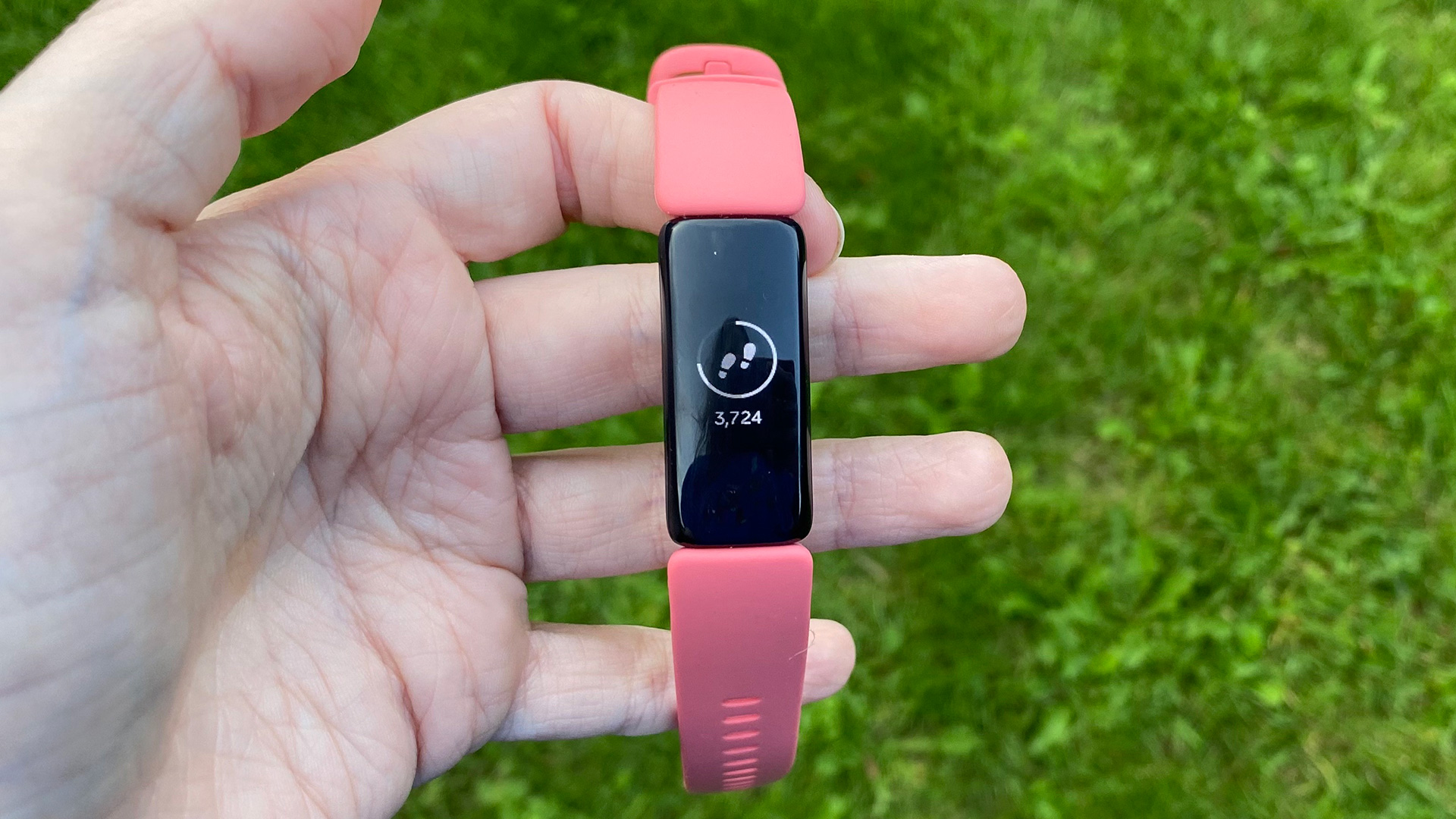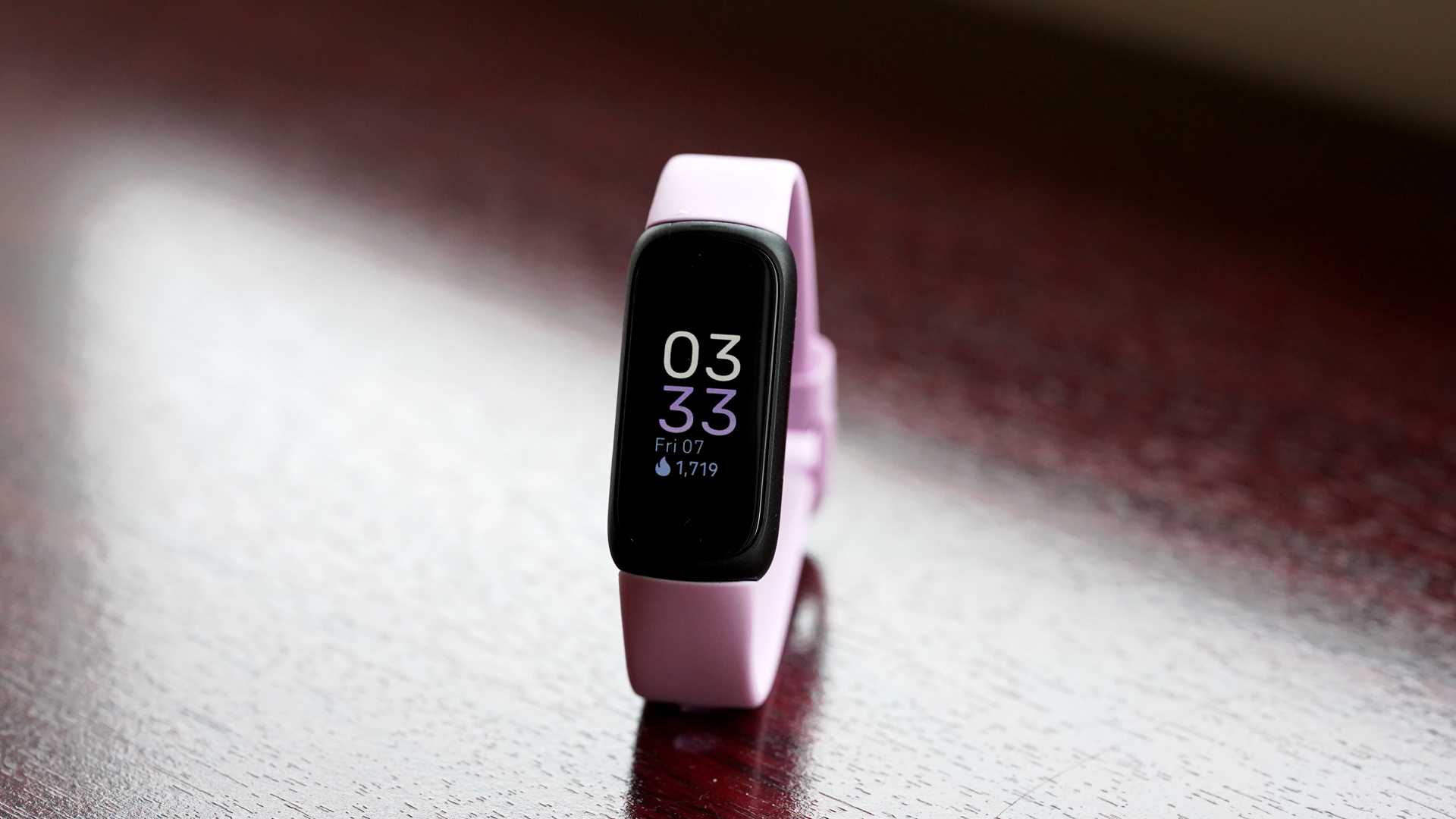Fitbit Inspire 2 vs Inspire 3 – Battle of the budget fitness trackers
Which is the best budget Fitbit fitness band?

Time for a change? We’ve pitted the Fitbit Inspire 2 against the Inspire 3 to find out whether it’s worth paying extra for the newer model or -- if you’re already an Inspire owner -- the third-gen wearable is really worth the upgrade.
The Inspire series has become one of the most well-known, budget-friendly fitness trackers money can buy - especially for those looking for a wearable with a smaller form factor instead of a full-blown smartwatch.
Known for its lightweight, compact design and intuitive user interface, the Fitbit Inspire 2 (read our Fitbit Inspire 2 review) was a hit with users the world over and is regarded as one of the best fitness trackers around. Mostly thanks to its ability to track sleep, stress levels, and other basic essentials like allowing you to log how much water you drink each day.
However, its successor, the Fitbit Inspire 3, while it’s a bit pricier than its two-year-old sibling thanks to multiple price drops over the years, it does bring some new features to the table, such as a new colour display and an all-new Google-made operating system, making it one of the best Fitbits for those who need a passive fitness band to track their everyday activities.
Fitbit Inspire 2 vs Inspire 3 – Price and availability
The Fitbit Inspire 2 was launched in September 2020 with an RRP of £89.99 / $99.95. However, at the time of writing, it was available for a reduced price of £49.99 in the UK directly from Fitbit and just under $60 in the US from online retailers such as Amazon(For some reason, it’s no longer available to buy from the official US Fitbit store). The fitness tracker is available in all-black, black with a white strap or black with a pink strap.
The brand new Fitbit Inspire 3 was unveiled in September 2022 and is available to buy now from Fitbit’s web store for £84.99 in the UK and $99.95 in the US. That makes it £35 / $40 more expensive than its predecessor. The third-gen wearable also comes in three different colour options: all-black, black with an orange strap or black with a lilac strap.

Fitbit Inspire 2 vs Inspire 3 – Design
When switched off and placed side-by-side, the Fitbit Inspire 2 and Inspire 3 don’t look all that different. Both sport a quite similar simplistic design with a lozenge-style body that clips into two straps on each end. Both devices are super light and compact. While the Inspire 2 measures 12.9mm thick and weighs 20g, its predecessor is a little more sleek, measuring a slightly slimmer 11.7mm and weighing just 17g.
Get all the latest news, reviews, deals and buying guides on gorgeous tech, home and active products from the T3 experts
The biggest upgrade in terms of design, however, can only really be seen when you switch the devices on, thanks to the Inspire 3’s updated display. While both devices measure the same at 1.4-inch, the Inspire 3 introduces a colour screen with always-on display support and an ambient light sensor, replacing the outdated backlit OLED monochrome screen of the Inspire 2. When it comes to comfort, though, there’s little difference as both devices feel pretty light and comfortable on the wrist.

Fitbit Inspire 2 vs Inspire 3 – Features
So what can we expect from each of these Fitbit wearables in terms of feature set? Both fitness trackers have an optical heart rate monitor for heart rate measurement, but the Inspire 3 adds infrared sensors for blood oxygen monitoring. This basically allows you to measure your blood's oxygen saturation, which is an overall indicator of wellness. It can rapidly detect even small changes in oxygen levels, which -- if they fell too low -- could indicate serious health defects.
Neither device sports an ECG, which can be used to check your heart's rhythm and electrical activity, mainly because the costly sensor would bump up the RRP too much. As for GPS, both the Inspire 2 and Inspire 3 piggyback off your smartphone’s GPS, meaning workouts - such as outdoor runs, for instance - can be tracked more accurately.
Aside from sensors, everything else is pretty much the same deal. Both Fitbit wearables support smartphone notifications, tout sleep tracking tools, step counting, 24/7 heart rate tracking, and a host of dedicated workout modes such as running, cycling, and even pool swimming. Speaking of swimming, if you fancy taking any of these fitness bands for a dip, both are waterproof and support swimming tracking for up to 5ATM.
How about battery life? Despite the colour display, Fitbit says the Inspire 3 still offers up to 10 days of battery life, the same as its predecessor. However, battery life drops when the always-on display mode is turned on, so that’s something to be aware of.

Fitbit Inspire 2 vs Inspire 3 – Verdict
Both the Inspire 2 and Inspire 3 are great options for those wanting a cheap tracker to help them track basic fitness activities, such as step counting, workout tracking and sleep monitoring. However, the extra features you’ll find on the third-gen wearable do make it a better wearable all-around.
If you’re going to buy your very first Inspire, we’d recommend going for the new Inspire 3, as even though you have to pay more, you’re getting a generally much nicer and more future-proof device in every respect. If you're an Inspire 2 user, we'd also recommend considering the upgrade; you get a prettier design, colour screen, more sensors and features, and, of course, another year of Fitbit Premium subscription.

Lee Bell is a freelance journalist and copywriter specialising in all things technology, be it smart home innovation, fit-tech and grooming gadgets. From national newspapers to specialist-interest titles, Lee has written for some of the world’s most respected publications during his 15 years as a tech writer. Nowadays, he lives in Manchester, where - if he's not bashing at a keyboard - you'll probably find him doing yoga, building something out of wood or digging in the garden.
